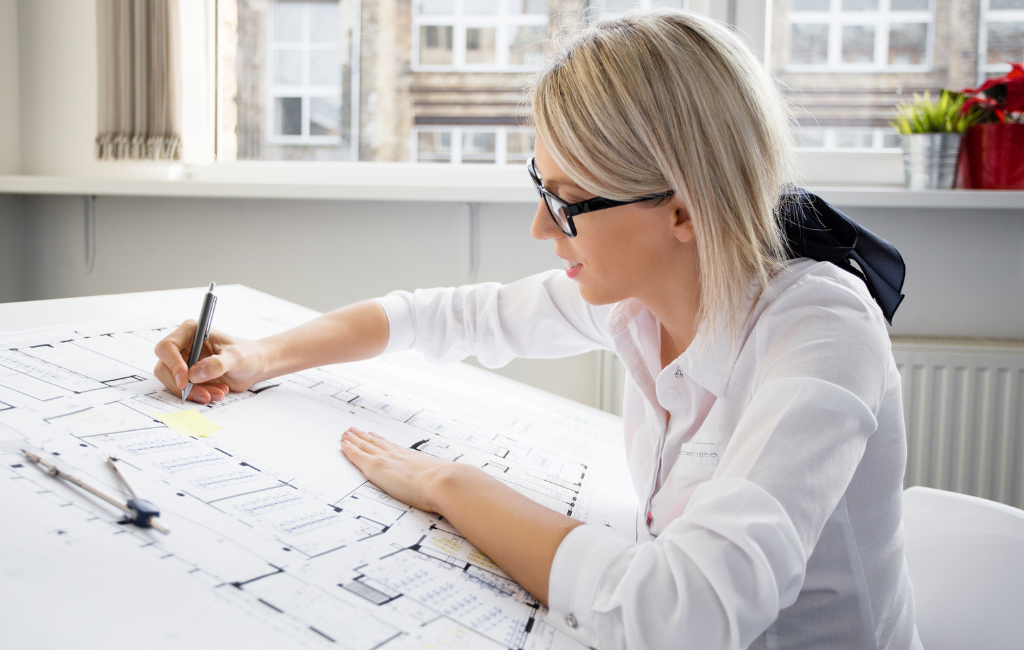
Architect Designs for Contemporary Spaces
In the ever-evolving field of architecture, contemporary designs have emerged as a significant trend, reflecting the dynamic nature of modern living. These designs are characterized by their innovative use of materials, sustainable practices, and a focus on functionality and aesthetics. This article explores the key elements of contemporary architectural designs, providing insights into how they shape the spaces we inhabit today.
Defining Contemporary Architecture
Contemporary architecture is not confined to a single style or movement. Instead, it encompasses a wide range of approaches that reflect current trends and technologies. This flexibility allows architects to experiment with new ideas and materials, resulting in unique and diverse structures.
Key Characteristics
- Minimalism: A focus on simplicity and clean lines, often achieved through open floor plans and the use of neutral colors.
- Integration with Nature: Designs that incorporate natural elements, such as large windows for natural light and green spaces.
- Innovative Materials: The use of cutting-edge materials like glass, steel, and concrete to create striking visual effects.
- Sustainability: Emphasis on eco-friendly practices, including energy-efficient systems and sustainable building materials.
Innovative Use of Materials
Contemporary architecture often features a bold use of materials that challenge traditional construction methods. Glass, for instance, is used extensively to create transparent and light-filled spaces. Steel and concrete provide structural strength while allowing for creative freedom in design.
Case Study: The Shard, London
The Shard in London exemplifies the innovative use of materials in contemporary architecture. Designed by Renzo Piano, this iconic skyscraper uses glass extensively, creating a shimmering effect that changes with the weather and time of day. The building’s design not only enhances its aesthetic appeal but also maximizes natural light, reducing the need for artificial lighting.
Sustainability in Contemporary Design
As environmental concerns become increasingly pressing, sustainable architecture has gained prominence. Contemporary designs often incorporate eco-friendly features that minimize environmental impact and promote energy efficiency.
Green Building Practices
- Energy Efficiency: Use of solar panels, wind turbines, and energy-efficient appliances to reduce energy consumption.
- Water Conservation: Implementation of rainwater harvesting systems and low-flow fixtures.
- Recycled Materials: Incorporation of recycled and locally sourced materials to reduce carbon footprint.
Case Study: Bosco Verticale, Milan
Bosco Verticale, or Vertical Forest, in Milan is a prime example of sustainable contemporary architecture. Designed by Stefano Boeri, this residential complex features two towers covered with over 900 trees and 5,000 shrubs. The vegetation helps improve air quality, reduce noise pollution, and regulate building temperature, showcasing the potential of integrating nature into urban environments.
Functionality and Aesthetics
Contemporary architecture places equal emphasis on functionality and aesthetics. The goal is to create spaces that are not only visually appealing but also practical and comfortable for occupants.
Open Floor Plans
Open floor plans are a hallmark of contemporary design, promoting a sense of spaciousness and flexibility. By eliminating unnecessary walls, these layouts encourage interaction and adaptability, making them ideal for modern living.
Example: Farnsworth House, Illinois
Designed by Ludwig Mies van der Rohe, the Farnsworth House in Illinois is a classic example of an open floor plan. The minimalist design features floor-to-ceiling glass walls, blurring the line between indoor and outdoor spaces. This approach not only enhances the aesthetic appeal but also allows for a seamless flow of natural light.
Technological Integration
Technology plays a pivotal role in contemporary architecture, enabling architects to push the boundaries of design and functionality. Smart home systems, advanced building techniques, and digital modeling tools are just a few examples of how technology is shaping modern spaces.
Smart Homes
- Automation: Integration of smart systems for lighting, heating, and security to enhance convenience and efficiency.
- Connectivity: Use of IoT devices to create interconnected living environments.
- Customization: Ability to tailor home settings to individual preferences through mobile apps and voice commands.
Example: The Edge, Amsterdam
The Edge in Amsterdam is often cited as one of the smartest buildings in the world. This office building uses a network of sensors to monitor and optimize energy use, lighting, and climate control. Employees can customize their workspaces through a dedicated app, demonstrating the potential of technology to enhance both efficiency and user experience.
Conclusion
Contemporary architecture is a dynamic and multifaceted field that reflects the changing needs and aspirations of society. By embracing innovative materials, sustainable practices, and technological advancements, architects are creating spaces that are not only functional and aesthetically pleasing but also environmentally responsible. As we continue to face new challenges and opportunities, contemporary designs will undoubtedly play a pivotal role in shaping the future of our built environment.